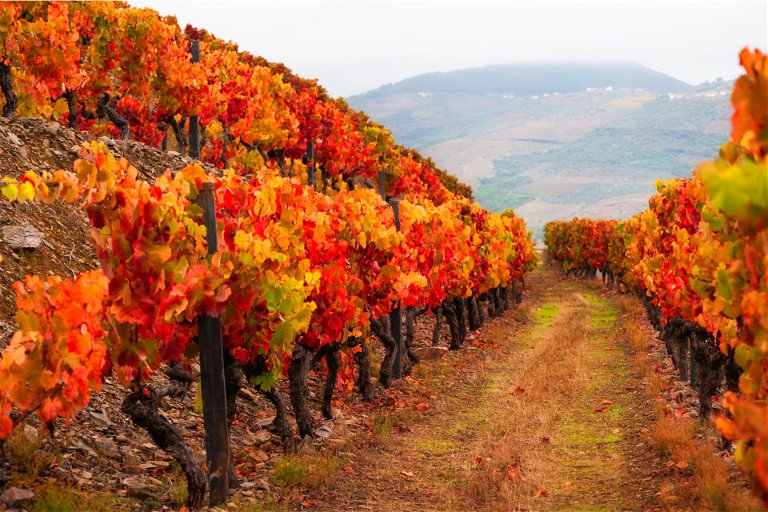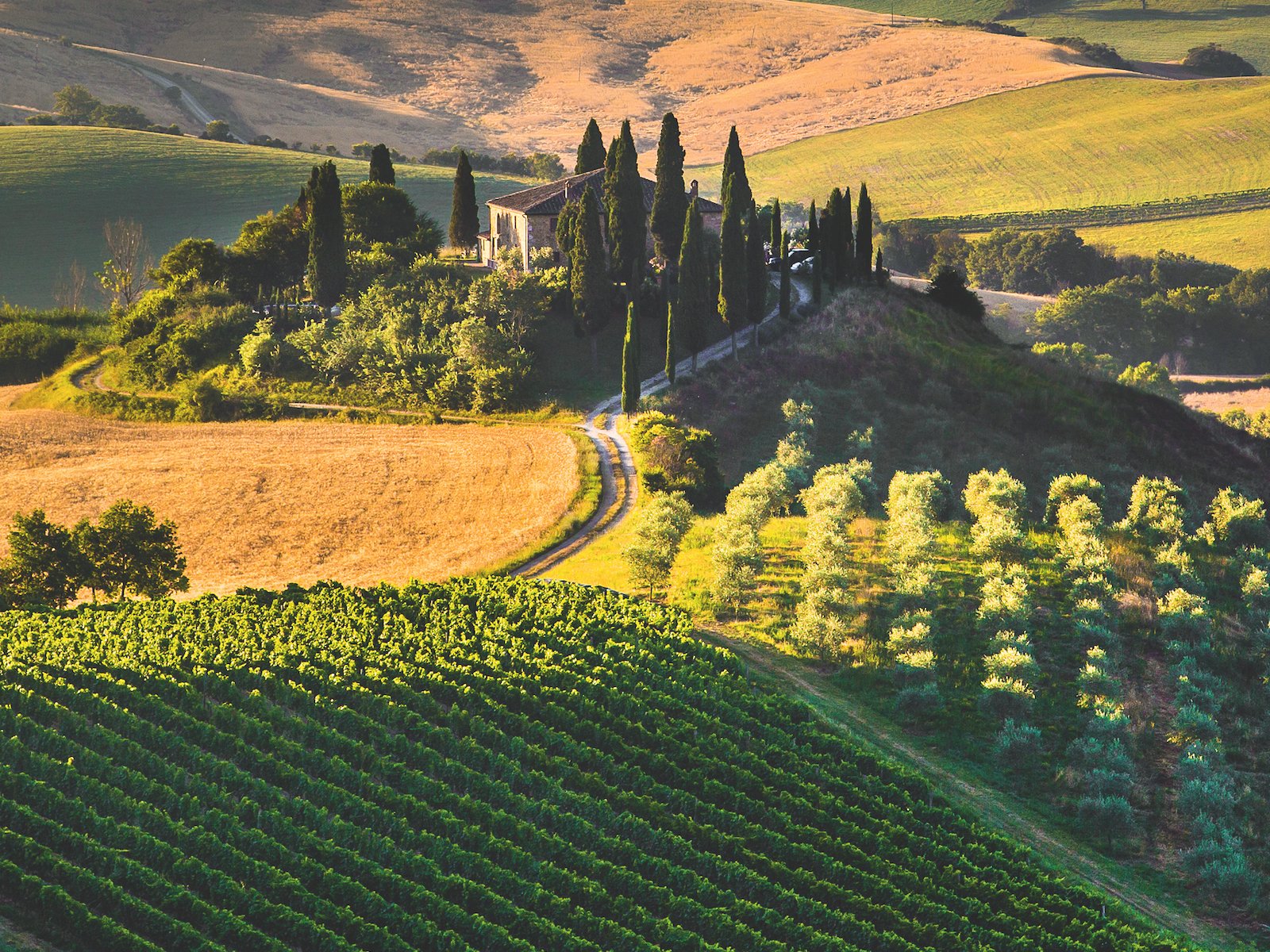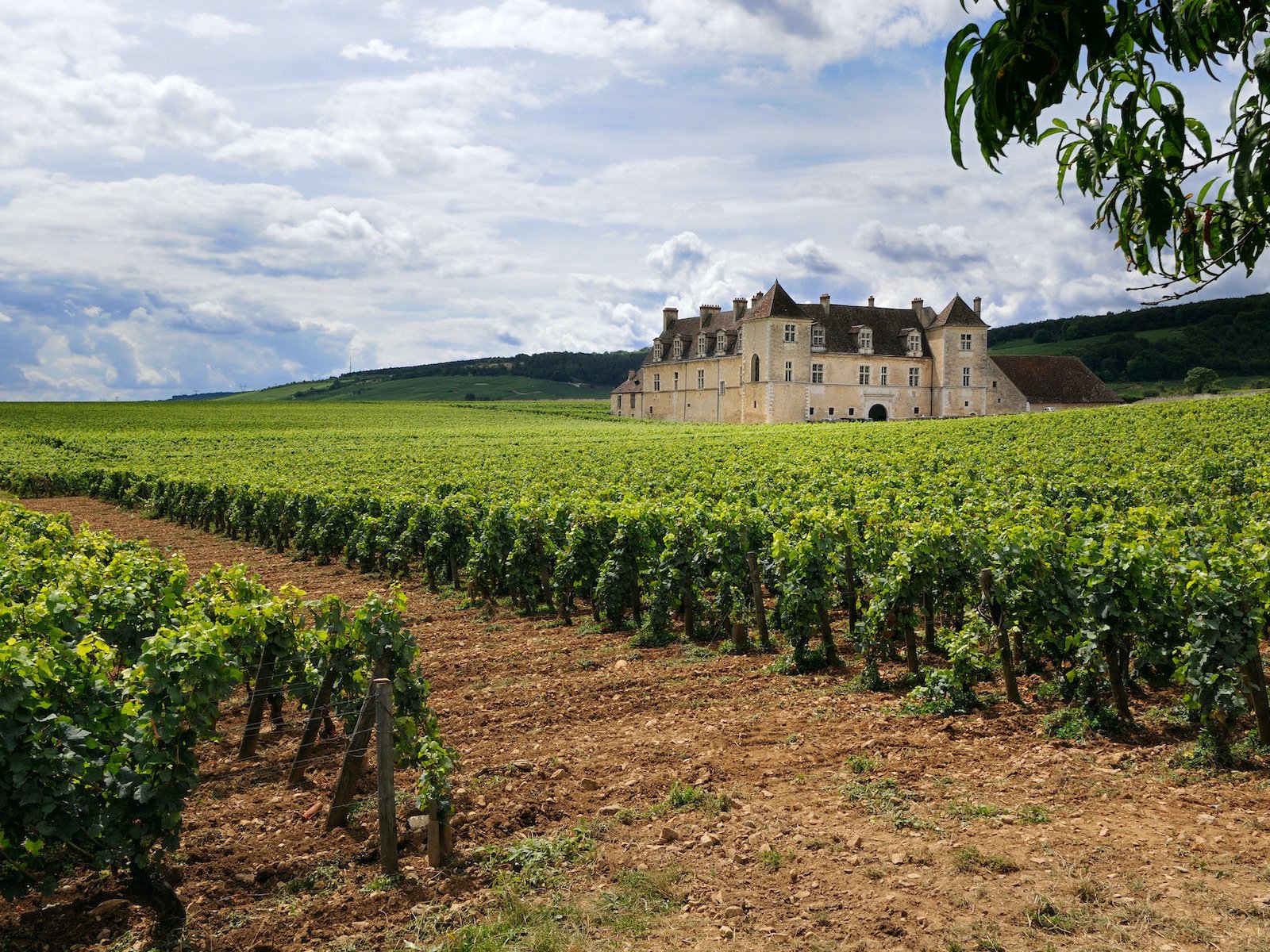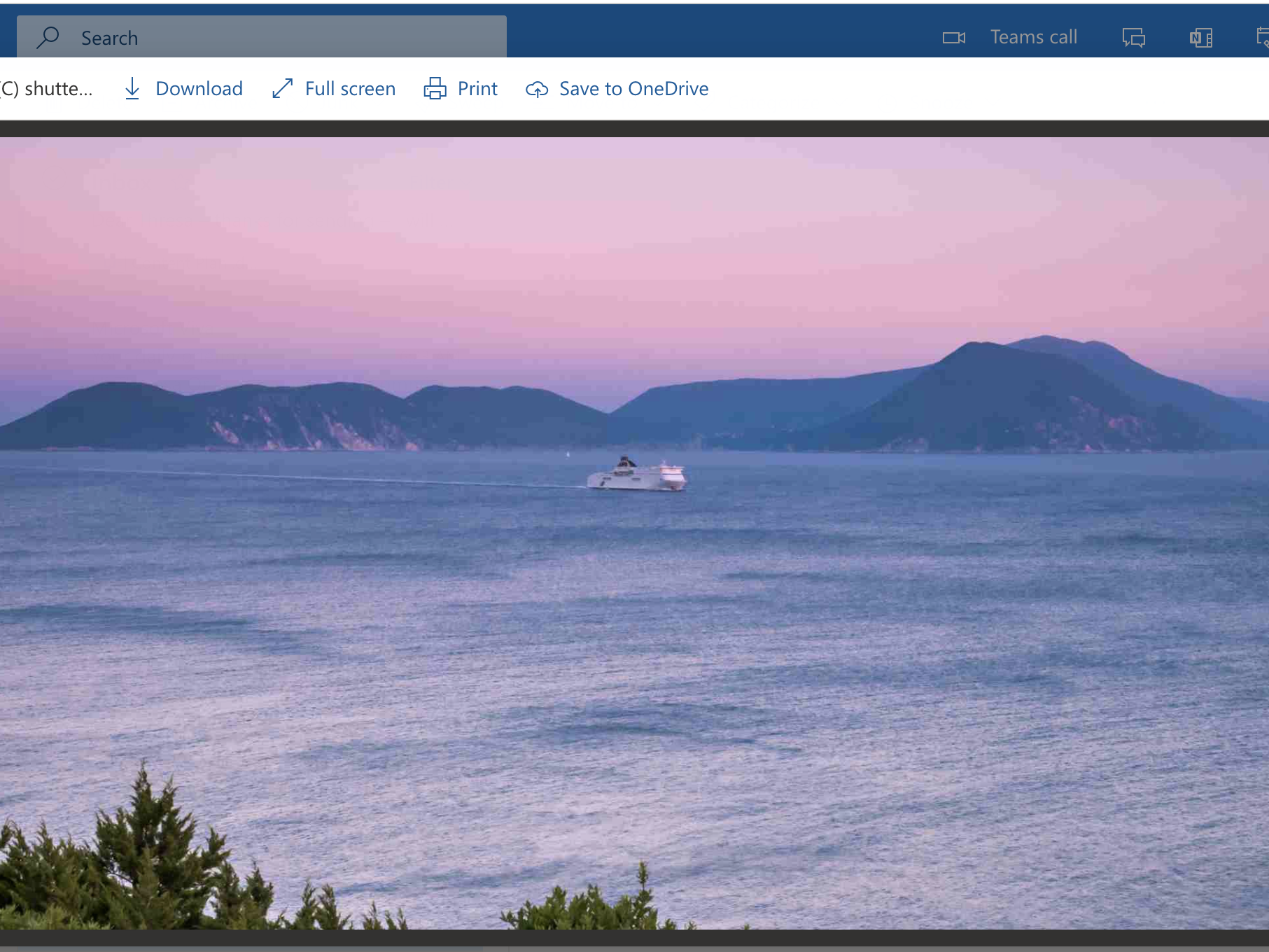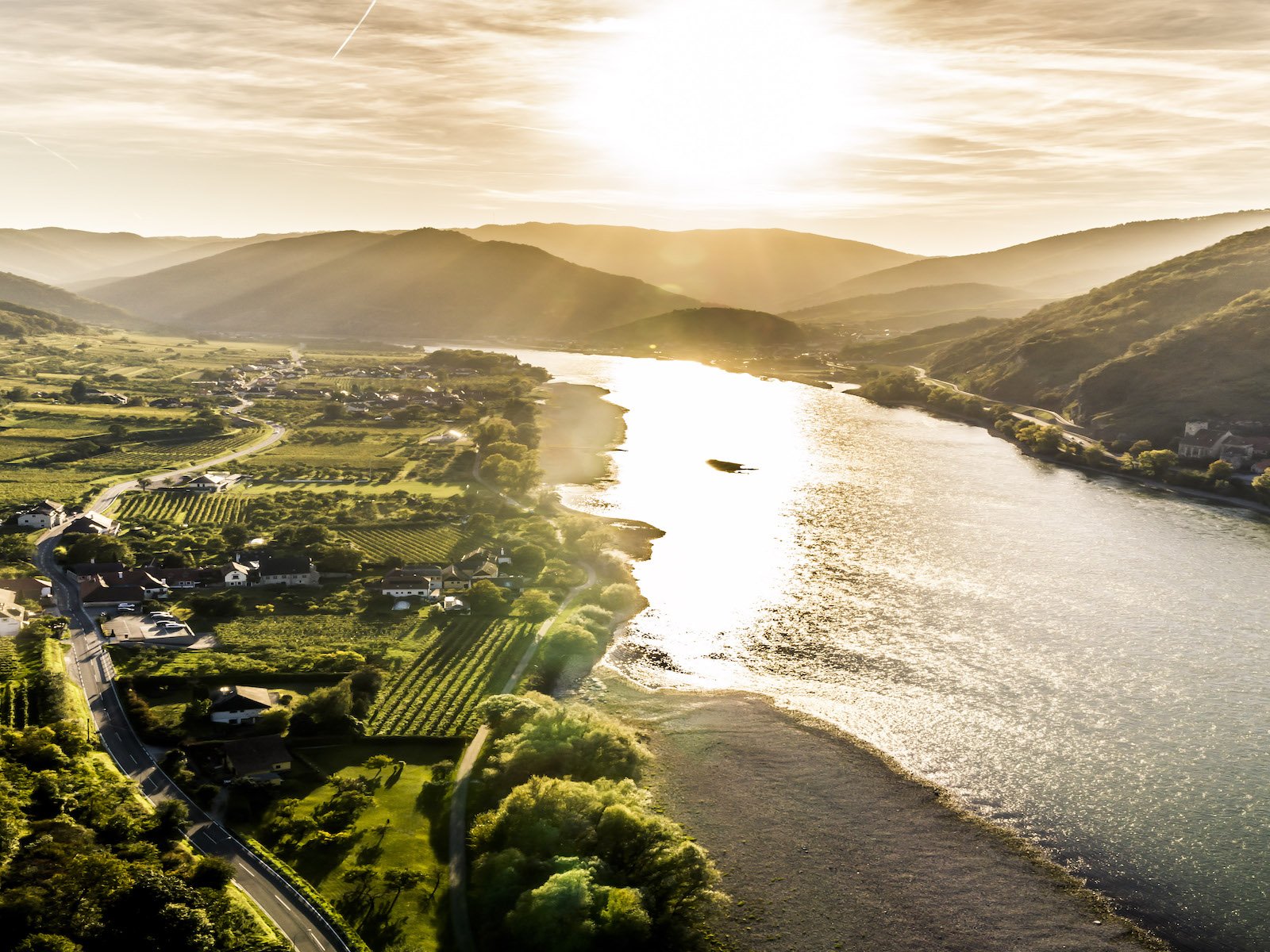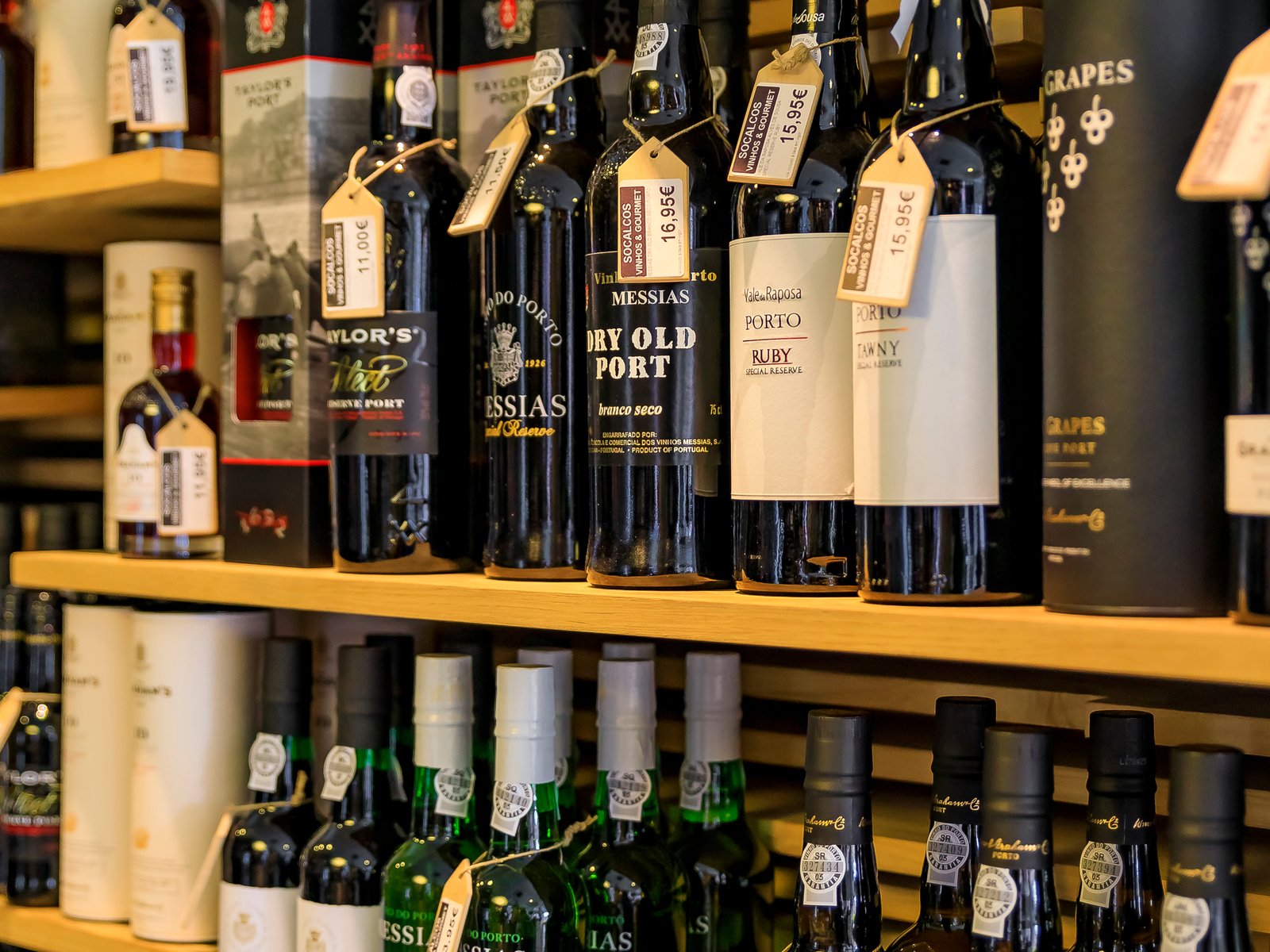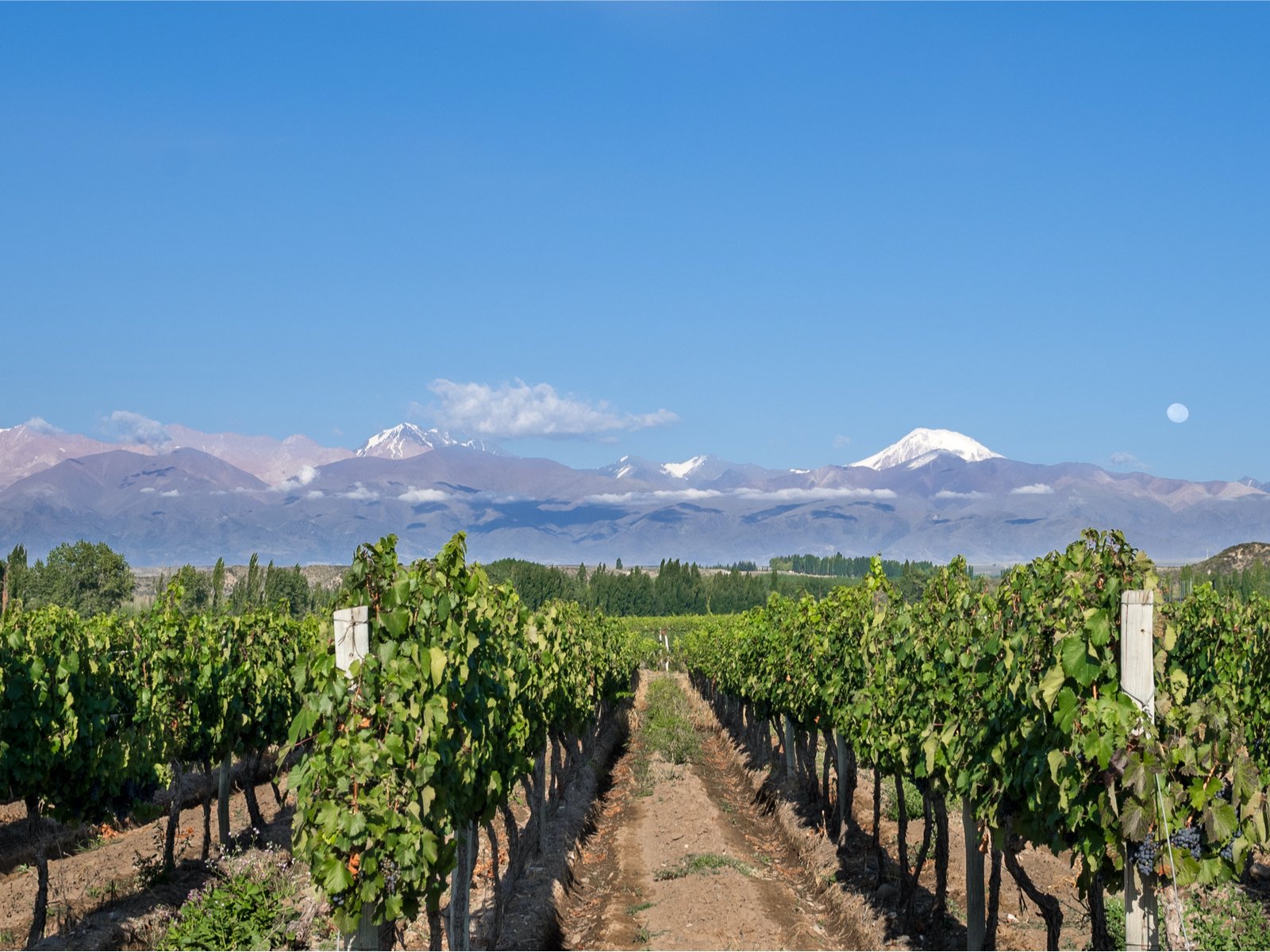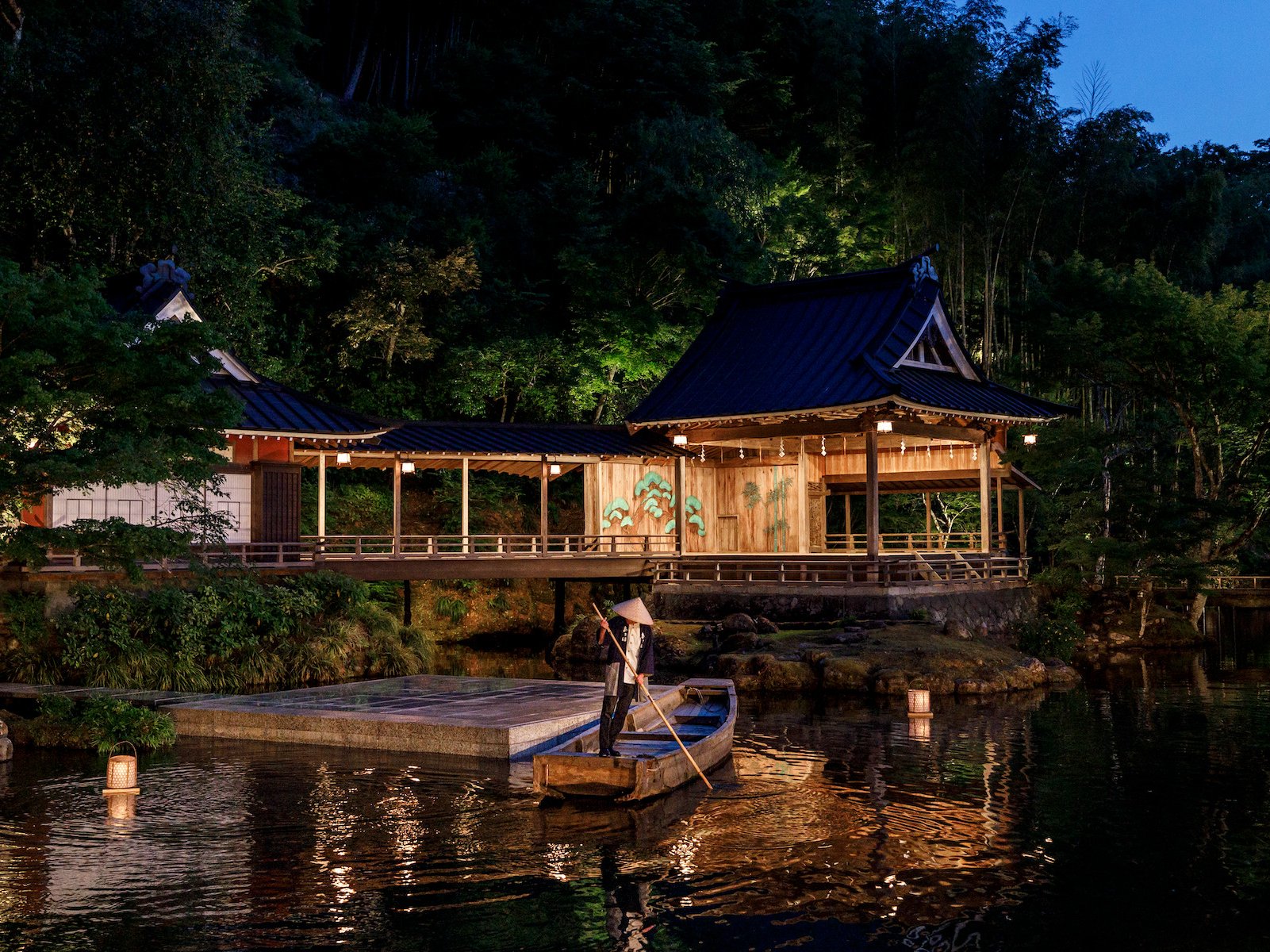100 Red Wine Icons: Spain, Portugal, Germany & Alps
Falstaff's wine editors have compiled the ultimate list of the world’s 100 most iconic red wine estates. These are the ones from Spain, Portugal, Germany, Austria & Switzerland.
Not only classic regions like Rioja and Ribera del Duero hit our Spanish list, Priorat and Bierzo made it as well. Portugal scores with the Douro Valley and Dão. Meanwhile red wine might not be the first thought when it comes to wines from Germany, Austria or Switzerland, yet these three countries can now play in the world league – and not only with Pinot.
Castillo Ygay
Marqués de Murrieta, Rioja
The flagship wine of this 1852-founded estate, made from Tempranillo and Mazuelo grapes, is Castillo Ygay Gran Reserva Especial, it matures many years in barrel and bottle before release. Recommended recent vintages: 2011, 2010, 2009, 2005, 1986
Viña El Pison
Artadi, Rioja
Viña El Pison was first made in 1994 from Tempranillo grapes planted in 1945 in one of Rioja’s best sites, characterised by limestone and loam. Recommended recent vintages: 2019, 2018, 2017, 2016, 2015, 2014, 2013, 2012
Viña Tondonia
Lopez de Heredia, Rioja
The R. López de Heredia estate and its wines from the Viña Tondonia, planted in 1913 and 1914, are Spanish icons. The traditionally made wines mature for an exceptionally long time before release. Recommended recent vintages: 2008, 2007, 2006, 2004, 2001, 1996, 1995, 1994
Las Beatas
Telmo Rodriguez, Rioja
First made in 2011 from a single site in Rioja Alavesa, this wine is the brainchild of Telmo Rodriguez and Pablo Eguzika. They uncover old vineyards and breathe new life into them. Recommended recent vintages: 2018, 2017, 2016, 2015, 2013, 2012
La Faraona
Descientes J. Palacios, Bierzo
After Álvaro Palacios made his name in Priorat, he founded this Bierzo estate in 1999 with his nephew. The wine grows in a micro parcel at 800m altitude and is of mythical, ethereal quality. Recommended recent vintages: 2019, 2018, 2016, 2015, 2014, 2013
Ultreia Valtuille
Raúl Pérez, Bierzo
Raúl Pérez is a pioneer. He makes Ultreia from 100-year-old Mencía vines in the limestone soils of the Villegas vineyard at 580m. Recommended recent vintages: 2019, 2016, 2012, 2005
L'Ermita
Álvaro Palacios, Priorat
Álvaro Palacios inspired a whole generation of winemakers with his work in Priorat. First made in 1995, this wine is made from ancient Garnacha vines in the slate soils of L‘Ermita vineyard. Recommended recent vintages: 2013, 2012, 2010, 2008, 2005, 2004, 2001, 2000
Les Manyes
Terroir al Limit, Priorat
German Dominik Huber and South African Eben Sadie started this project in 2001. In 2006 Huber launched Les Manyes from 100% Garnacha grown at 800m altitude in limestone and loam soils. It is a counterpart to the heavier Priorat wines of yore. Recommended recent vintages: 2018, 2016, 2014 ,2012
Unico
Vega Sicilia, Ribera del Duero
Vega Sicilia began in 1859 when Eloy Lecanda y Chaves bought a country estate in Ribera del Duero, turned it into a wine estate and bought 18,000 seedlings in Bordeaux. The wines mature for at least 10 years before release. Recommended recent vintages: 2011, 2010, 2009, 2006, 2005, 2004, 1998, 1996
Pingus
Dominio De Pingus, Ribera Del Duero
Dane Peter Sisseck first made Pingus in 1995 and put Ribera del Duero on the map internationally. Pingus is made from old Tempranillo vines. At the time, even legendary estates like Vega Sicilia were hardly known beyond Spain’s borders. Recommended recent vintages: 2019, 2018, 2017, 2016, 2015, 2014, 2013, 2012
Batuta Douro
Niepoort, Douro
Dirk Niepoort broke with family tradition in 1991 when he started making unfortified, still wines in the Douro. Batuta, named after a conductor’s baton, a most elegant wine, was born in 2000. Recommended recent vintages: 2018, 2017, 2015, 2011, 2008, 2007
Dão Muleta
Quinta da Pellada, Dão
Made from the best grapes of the oldest vines, deeply aromatic and complex Muleta is a relatively young label of the ancient estate which was bought by civil engineer Álvaro Castro in 1989. Recommended recent vintages: 2017, 2015, 2013
Vinha da Ponte
Quinta do Crasto, Douro
First made in 1998, Vinha da Ponte is a single vineyard wine from ancient vines that is only made in the best years. Recommended recent vintages: 2018, 2017, 2016, 2015, 2013, 2011, 2001
Hunsrück GG
Rudolf Fürst, Franken, Germany
The iron-rich soils of the Triassic sandstone in this part of Franconia are simply predestined for fine-boned, elegant Spätburgunders by these local pioneers who have done much for German Pinot. Recommended recent vintages: 2019, 2018, 2017, 2016, 2015, 2013, 2012, 2011
Wildenstein GG
Bernhard Huber, Baden, Germany
Wildenstein is a particularly privileged parcel of iron-rich limestone. Pinot pioneer Bernhard Huber started bottling it separately in the early 2000s. His son Julian continues his work with equal precision. Recommended recent vintages: 2019, 2018, 2017, 2016, 2015, 2013, 2012, 2011
Heydenreich GG
Friedrich Becker, Pfalz, Germany
Grown on a limestone plateau that straddles the Franco-German border, this Pinot Noir attains wonderful savouriness and velvet-like texture with age. Recommended recent vintages: 2018, 2017, 2016, 2015, 2013, 2012, 2011, 2010
Pinot Noir
Gantenbein, Graubünden, Switzerland
Martha and Daniel Gantenbein founded their small estate in the village of Fläsch in 1982. Today their name is synonymous with Swiss Pinot Noir. Recommended recent vintages: 2018, 2015, 2013, 2012, 2007, 2005
Blaufränkisch Alte Reben
Moric, Burgenland, Austria
Roland Velich discovered ancient Blaufränkisch vineyards in Neckenmarkt and Lutzmannsburg to make this groundbreaking, elegant and profound wine. He managed to set a new standard for this variety. Recommended recent vintages: 2018, 2017, 2015, 2012, 2011, 2009, 2007
Cuvée G.
Gesellmann, Burgenland, Austria
Made from 90-year-old vines of indigenous Blaufränkisch with a small addition of St. Laurent, this wine beguiles with its precision, clarity and depth. Recommended recent vintages: 2017, 2016, 2015, 2011, 2009, 2007, 2006
Admiral
Pöckl, Burgenland, Austria
This pillar of Austria’s red wine culture was first made in 1990 and is based on Zweigelt with varying portions of Merlot and Cabernet Sauvignon. Recommended recent vintages: 2018, 2015, 2011, 2007, 2000, 1997, 1990
100 Red Wine Icons was written by Peter Moser, with contributions from Dr. Ulrich Sautter, Othmar Kiem, Dominik Vombach, Benjamin Herzog and Anne Krebiehl MW.
